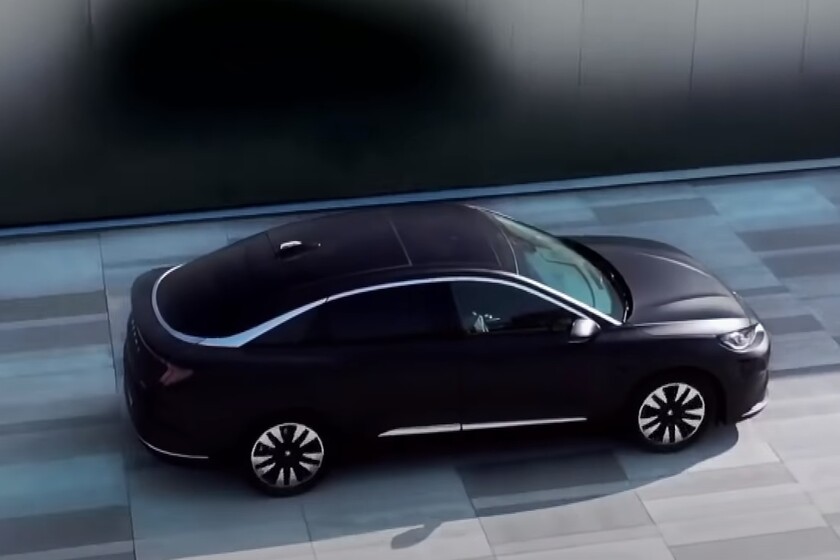Huawei has unveiled the Arcfox Alpha S, an electric car that it has developed in collaboration with the Chinese giant BAIC and that it has equipped with the autonomous driving platform of HarmonyOS.
With two variants and two versions for each, this vehicle targets Tesla with very ambitious features: up to 700 km of autonomy in NEDC cycle, 197 km of extra autonomy with a 10-minute charge, Huawei operating system and semi-autonomous driving functions.
Going for the autonomous and connected car

The company has invested 1,000 million dollars in the development of electric cars equipped with semi-autonomous driving systems, and among its plans is the commercialization of the Arcfox Alpha S.
This electric car is the fruit from the collaboration between Huawei’s intelligent vehicle solutions business unit and Arcfox, a unit of state-owned automaker BAIC Group.

The series has two variants, the version Alpha S y la Alpha S HI, which in turn have a basic and high-end version. Among the most important features that it announces are:
- 93.6 kWh battery with autonomies -in the obsolete NEDC cycle- ranging from 525 km to 708 km.
- The Alpha S can be fully charged in 1.5 hours with AC trickle charge and in 7 hours with 20kW AC trickle charge. In addition, Huawei’s DC Fast Charge can fully charge the vehicle in 15 minutes. The model also supports wireless charging.
- 20.3-inch 4K screen.
- Autonomy level 3 in selected areas in China.
Arcfox Alpha S HI version, Auto Shanghai 2021 pic.twitter.com/hTiwc3bAzj
– Gasgoo Auto News (@Gasgoo_com) April 19, 2021
The smart cockpit running on HarmonyOS can transform the windshield into a high definition display 70-inch, allowing passengers to watch movies, play games and video conference. It works as a smartphone ecosystem that allows users to connect to their applications.
ARCFOX Alpha S with Huawei AV tech.
Video at the @WholeMarsBlog editing.
Driving in China is much more complex than in California.
~ $ 36,400 (est.)
-429mi range
-Level 3+
-Not geofenced
-5G connectivity
-6 mmW radars
-12 cameras
-13 ultrasonics
-3 LiDARs
-352 TOPS Huawei chipset pic.twitter.com/bFVJbHqYRk– Taylor Ogan (@TaylorOgan) April 15, 2021
The company is planning to bring the model into mass production, which is expected to be launched this year in the Chinese market.
The prices (from yuan to euros) range between 32,100 euros and 44,000 euros for the entry variant. For models equipped with a semi-autonomous driving system, prices start at 49,600 euros and 54,800 euros.

Huawei launched its HarmonyOS operating system in 2019 and in the middle of the trade war against Donald Trump, designed to work on televisions, smart watches and vehicles, standing up to Android.
The idea of the Chinese firm was to create a shared ecosystem between home devices, the mobile phone, the smart watch and the car, and it is already materializing as it strengthens its role as a supplier to the automotive industry.
Thus, unlike Xiaomi, Huawei will not manufacture vehicles itself, but will offer mobility and connectivity solutions to other manufacturers.
At Motorpasión | We tested the BMW iX3, the average SUV that has become an electric car with 460 km of autonomy
